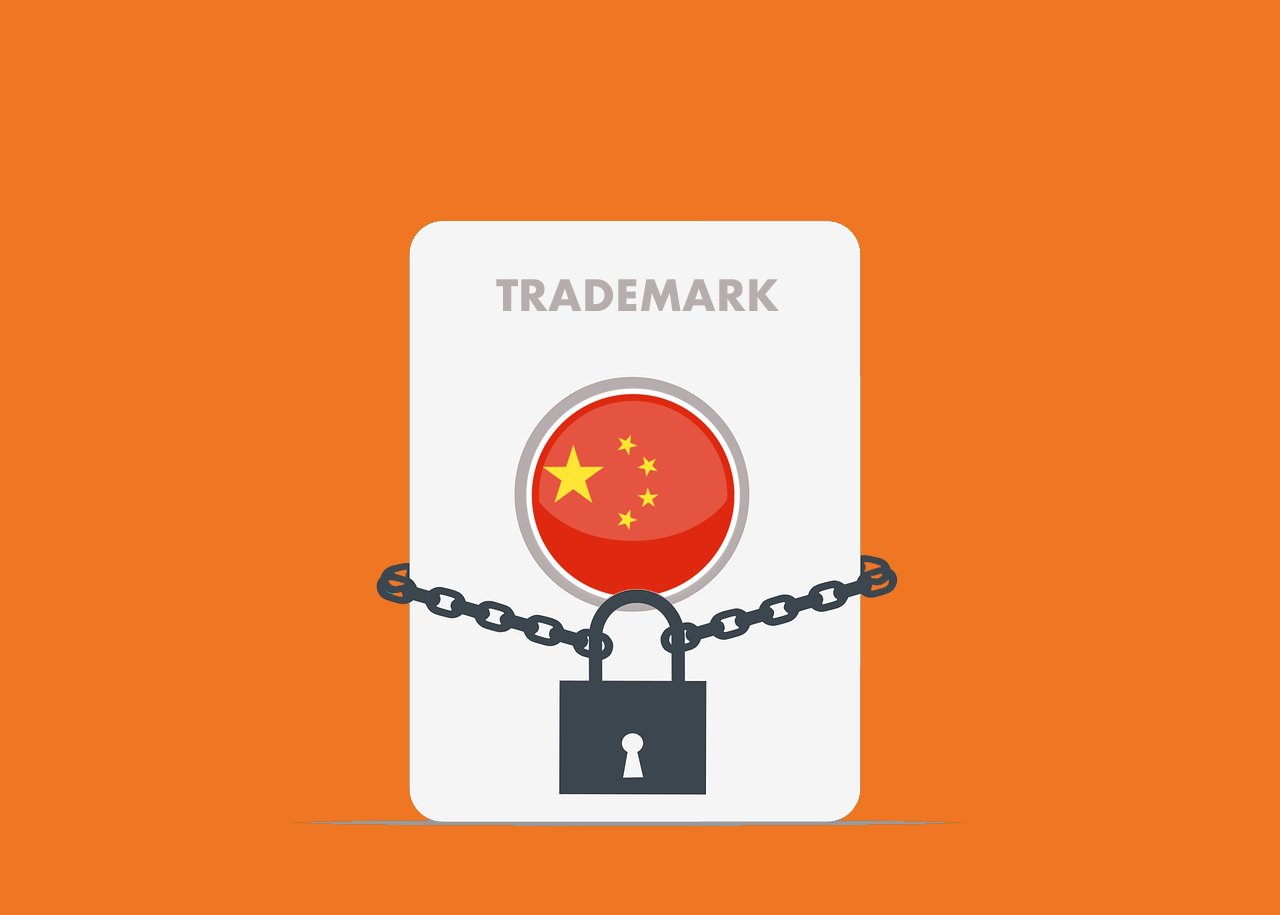Dan Xu

On November 23, 2021, the China National Intellectual Property Administration (CNIPA) published the Guidance for Trademark Examination and Trial (“Guidance”).
The Guidance will come into effect on January 1, 2022, and the Standard of Trademark Examination and Trial ( “Standard”), in force since 2017, will be repealed at the same time.
The Guidance includes a number of new chapters regarding examination of Madrid trademarks, bad faith trademark applications, as well as detailed procedural rules for trademark examination.
The most noticeable highlight in the Guidance is that it provides a detailed clarification on bad faith filing of trademark with no intent or purpose to use.
1. Definition of “bad faith trademark application”
The Guidance states that the term ”trademark application with bad faith” refers to applicants who submit a large number of trademark applications that are not based on their actual operational needs, and with no real purpose to use the trademarks. The justification for this designation is that such applications improperly take up trademark resources and run counter to the purpose of trademark registration.
2. Elements to consider when examining whether a trademark application is filed with bad faith
According to the Guidance, the following primary elements should be considered when adjudicating a bad faith trademark filing:
(1) Basic information of the applicant, such as how long has the entity existed, whether the business is normally running, whether the registered capital has been contributed, and so on.
(2) Overall situation of the trademarks applied for by the applicant, e.g., whether the applicant has applied for an unusually large number of trademarks within a short period of time.
(3) The trademark filing itself, e.g., if the trademark is same or similar as other reputed or highly distinctive brands, if the trademark contains advertisement slogans of others, if it contains reputed tradenames etc.
(4) Relevant activities of the applicant after the application is filed, such as whether the applicant has offered to sell the trademarks, whether the applicant threatened others to pay license fees or legal damages, unless the applicant can give a reasonable explanation for such behavior.
(5) The number of trademark applications filed by any other natural person, entities, or organizations which are affiliated with or have a close relationship with with the trademark applicant.
The publication of the Guidance will not only contribute to a more consistent application of China’s trademark laws and regulations by providing specific procedural rules for trademark examination cases, which have at times been unclear and inconsistent in practice, but it also provides much more certainty to real brand owners that they will prevail against the trademark trolls who seem to specialize in hoarding trademarks in China.
Our Intellectual Property team has extensive experience dealing with trademark hoarders in China and has helped numerous foreign brands prevail in such cases. If you have any questions about the new Guidance, or how to go after a trademark hoarder, please don’t hesitate to reach out.


